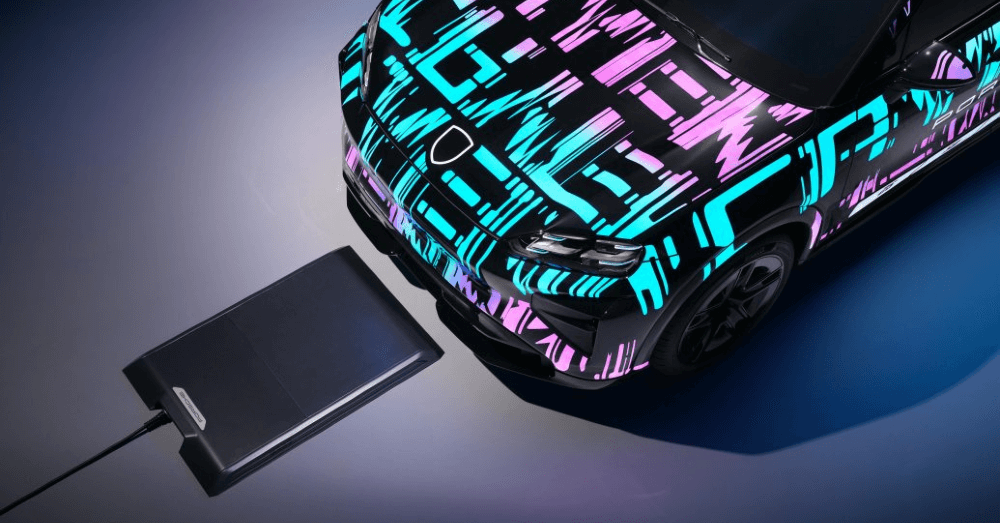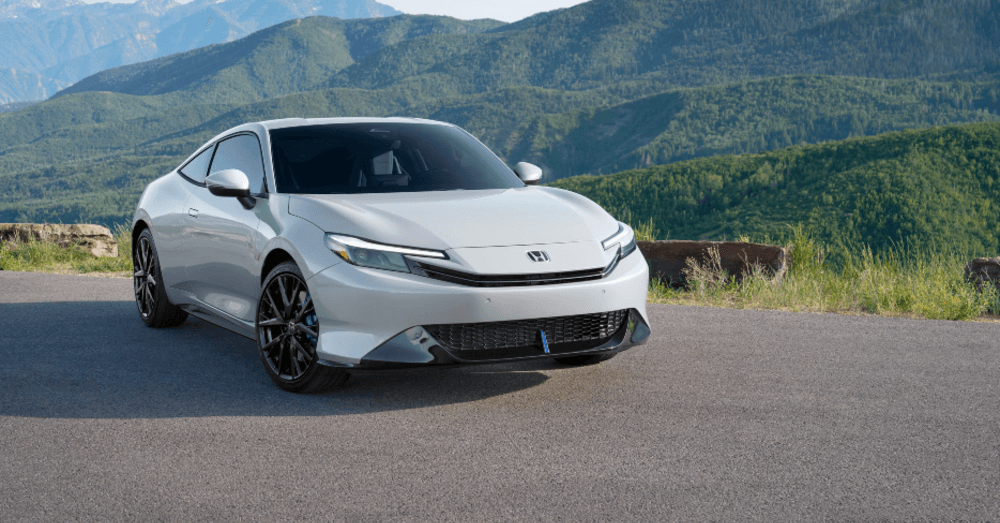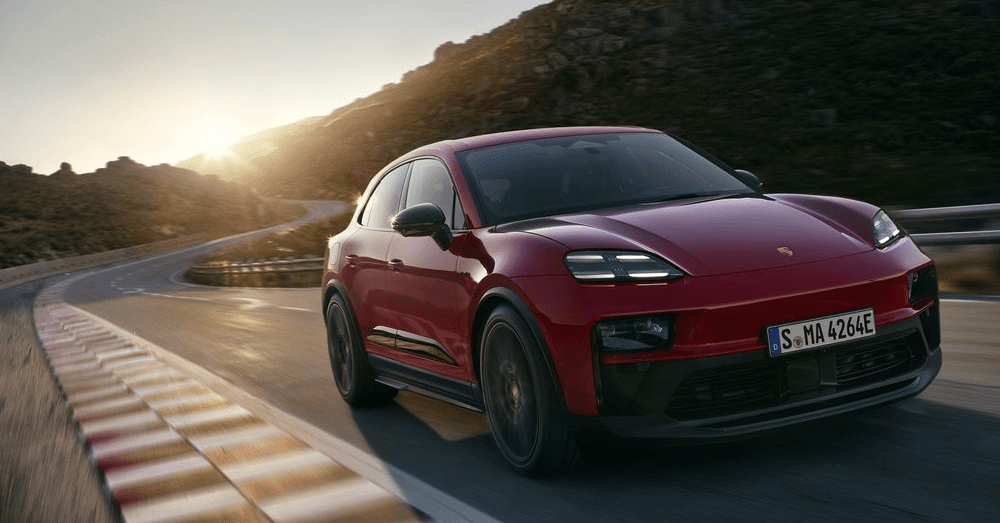Honda & Nissan to Co Develop Shared Auto OS

In a move toward industry-grade platforms, Honda and Nissan announced plans to build a common operating system for future vehicles.
Honda and Nissan were in merger talks earlier this year, but those fell through, and the two companies continue to be separate entities. That hasn’t stopped them from collaborating in other areas, including the development of a new operating system for future vehicles. These two companies have their work cut out for them if they want to eventually catch up with Chinese EV brands and Tesla. A shared operating system could be beneficial to both companies and might become the foundation for other automakers to join in.
Software research has been ongoing
Despite the collapse of the merger negotiations, these two Japanese automakers continue to work together to develop software technology. They have been jointly working toward new tech since August 2024 and will eventually decide whether or not to develop the new tech for mass production.
Enhanced driving performance using software updates and integration will be the key to automakers remaining competitive. More aspects of daily live are becoming automated every day, which means new tech is required to keep up with these changes. Instead of collaborating on one-off vehicles with shared platforms, these two companies are developing an operating system that could be used across their entire lineups in the future.
Software-defined vehicles are coming
A software-defined vehicle is capable of managing operations, adding functionality, and enabling new features through its software. They are supposed to be the next evolution in the automotive industry. SDVs are extremely similar to connected vehicles, but connected vehicles prioritize external communication, while SDVs rely on internal software architecture that upgrades core functions through OTA updates.
Honda and Nissan will collaborate on the development of SDVs for the future. Both automakers are working on their own separate software platforms, which they intend to use in their vehicle lineups beginning in 2026. By developing SDVs, these two brands will provide consumers with much easier updates and improvements to their vehicle systems.
COVID-19 taught automakers several lessons
During the pandemic, most automakers cancelled supply orders, which created serious upheaval in the industry. Without necessary parts, especially semiconductor chips, automakers had to stall or stop production on many vehicles. This has led to many companies building semiconductor facilities to supply their operations.
In addition to the production of parts made for their vehicles, some companies began to develop operating systems as a way to distance themselves from Apple CarPlay and Android Auto, or to add another system to the mix. These two Japanese automakers intend to jointly create an easy-to-use customizable platform that’s similar to the products from Apple and Android to be used in their next-generation vehicles.
In addition to the new operating system, both companies have plans to standardize parts, including high-performance semiconductor devices and motors. They are also researching various ways to share the burden of development and production, which can help them cut costs.
SDVs require massive amounts of data
Honda and Nissan showed concern over a potential battle for data required for SDVs to operate properly. Rather than compete, they chose to collaborate. This means they can present a united front against other automakers that will be competing for this data as well. Its expected that the next-generation of vehicles will center focus around self-driving vehicles and in-vehicle features that make the experience more enjoyable. By sharing information, these companies won’t have to worry about using software from other companies and will have more access to data than if they developed their software and operating systems individually.
How much will this cost?
The actual figure will likely be more than $13 billion, but it could be a worthwhile investment if both companies benefit from the new software and operating system. The number of lines of code required to make this a realty is expected to increase sixfold during the current decade. The more lines of code required, the higher the development costs, which is another reason for these two automakers to collaborate and share the expenses.
Are Honda and Nissan working on anything else new?
Every automaker has the goal of keeping production costs down. This is the only way to keep vehicles affordable to the masses, which is important in high-volume automakers. Honda is introducing gigacasting, which is a form O aluminum die-casting to produce large body parts. They intend to begin using this type of casting in 2026 while Nissan will begin using gigacasting for some models starting in 2027.
Are SDVs expected to be a large part of the future market?
Electric vehicles are growing rapidly in most markets, which means automakers need to keep up with each other. The expected global market for SDVs will reach $301 billion in 2034, which is a massive increase from 2023.
Automakers need to take a page out of Tesla’s playbook by developing proprietary operating systems that allow owners to use their vehicles and tech. Tesla’s software system is used to resolve nearly 40% of its recalls, which allows owners to avoid extra trips to the dealership for software updates. To date, most legacy automakers have found challenges hiring software engineers to develop platforms to handle the same level of innovation.
Hopefully, the Honda and Nissan operating system will become an example for other automakers to follow.
This post may contain affiliate links. If you buy products through these links, we may receive a commission, at no additional cost to you.






